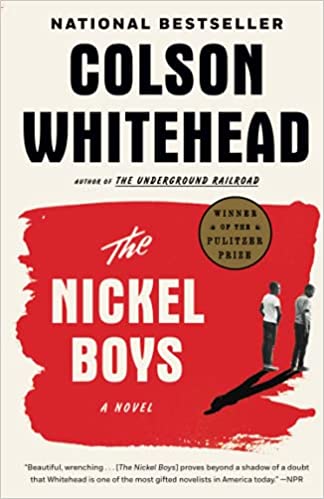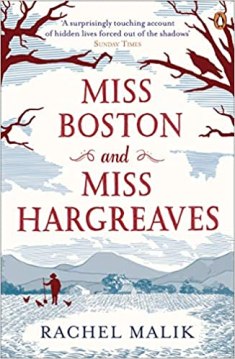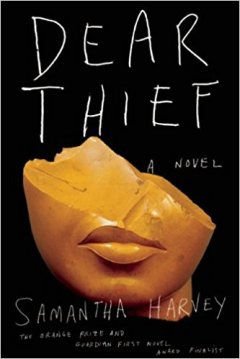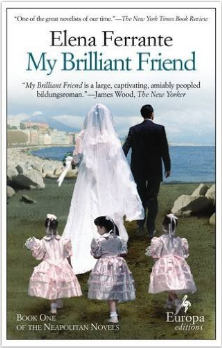This is a lovely book. In some ways, it compares to Elizabeth Von Armin’s The Enchanted April, but I think it is deeper and more thoughtful.
Grace Kilmichael has left her family. Although she is a famous painter, her husband Walter treats her art like a little hobby. He has always teased her about being stupid, but lately there seems to be an edge. He constantly makes admiring remarks about a female coworker and spends a lot of time with her.
Grace’s children are grown and don’t seem to need her, and she has lately had a poor relationship with her daughter Linnet, who no longer confides in her and acts impatient with her.
Accepting a contract for some drawings on her travels, she leaves without telling anyone where she’s going. She simply writes Walter a letter offering him the opportunity to leave her for Rose.
Lady Kilmichael has avoided meeting any of her friends in Europe, because she wants no one to know where she is. However, she runs into her friend Lady Roseneath in Venice. Lady Roseneath is traveling with her nephew, and when he appears, Grace realizes that she met him the day before on Torcello, where they had a conversation about architecture and he helped her correct a drawing of mathematical design that she plans to send to her archeologist son.
His name is Nicholas Humphries and he’s a little older than her sons. On an expedition the next day, he confides that he wants to be an artist but because he made the decision late and he wanted to be an architect as a child, his father is determined he will study architecture. The situation is made worse because his sister decided to be an artist before him, although she has little talent, and his father won’t stand for two artists in the family. When Grace sees his work, she realizes he needs to develop but has talent. So, eventually she agrees to help him learn.
She has told Lady Roseneath she is going to Greece because she doesn’t want her family to find her, but actually she goes to Spalato (Split) on the coast of Croatia, and the boy comes with her. Grace feels that he is giving her insights into her relationship with Linnet, and Nicholas, who was sulky when she met him, begins to be more happy.
As well as containing gorgeous descriptions of the towns and countryside of 1935 Croatia, the novel thoughtfully explores the relationship between the two protagonists. It describes Grace’s own personal growth and her insights into her relationships with her family members. It’s a lovely novel about personal development.






